With the AirRay E 12.0, R RAYMON present their very own interpretation of Light eMTB. Opposing the current trend of big batteries and powerful motors, the R RAYMON team developed their AIR DRIVE motor system, breaking below the 20 kg barrier with their brand-new Light eMTB. How does the concept work on longer tours?
The AirRay E 12.0 is the new flagship model in R RAYMON’s eMTB portfolio. With their brand-new Light eMTB, the German manufacturer deliberately opted out of the current arms race for battery size and motor power. Their main goal: creating a Light eMTB that is easy to handle for light riders, both when riding on the trails and manhandling the bike onto a bike carrier or down a narrow basement staircase. To break the weight barrier, RAYMON opted for a carbon frame, which features an elegant black paint finish with golden accents. Big 29” wheels and 150 mm travel front and rear should provide sufficient comfort on long rides while ensuring good fun on the trail.

19.44 kg in size M | € 7,299 | Manufacturer’s website
The Yamaha AIR DRIVE inside the R RAYMON AirRay E
With the AIR DRIVE motor system, R RAYMON take up a new exciting motor concept and deliberately oppose the arms race for battery size and motor power. The AIR DRIVE is based on Yamaha’s popular PW-X2 motor, which on the AirRay E 12.0 flagship model draws its power from a compact and lightweight 410 Wh battery. This can be easily removed from the frame and charged off the bike. To ensure a more natural riding experience, RAYMON tweaked the software of the PW-X2 motor to reduce the maximum torque from 80 Nm to 50 Nm and adapt the characteristics of the motor to suit the needs of tour riders who are less likely to use the strongest support levels. Like the Orbea Rise, which uses a comparable motor concept, the R RAYMON AirRay should allow sporty riders to achieve a range similar to that of an all-round eMTB with a battery capacity of around 600 Wh. Upon request, official R RAYMON dealers will deliver your bike with a slightly bigger and heavier 500 Wh battery. However, it’s impossible to make a blanket statement about the range of the new AirRay E as this is dependent on countless external factors such as weight, temperature, terrain etc… Find more information about this in our How far can I get on one battery charge? The truth about lab tests article.
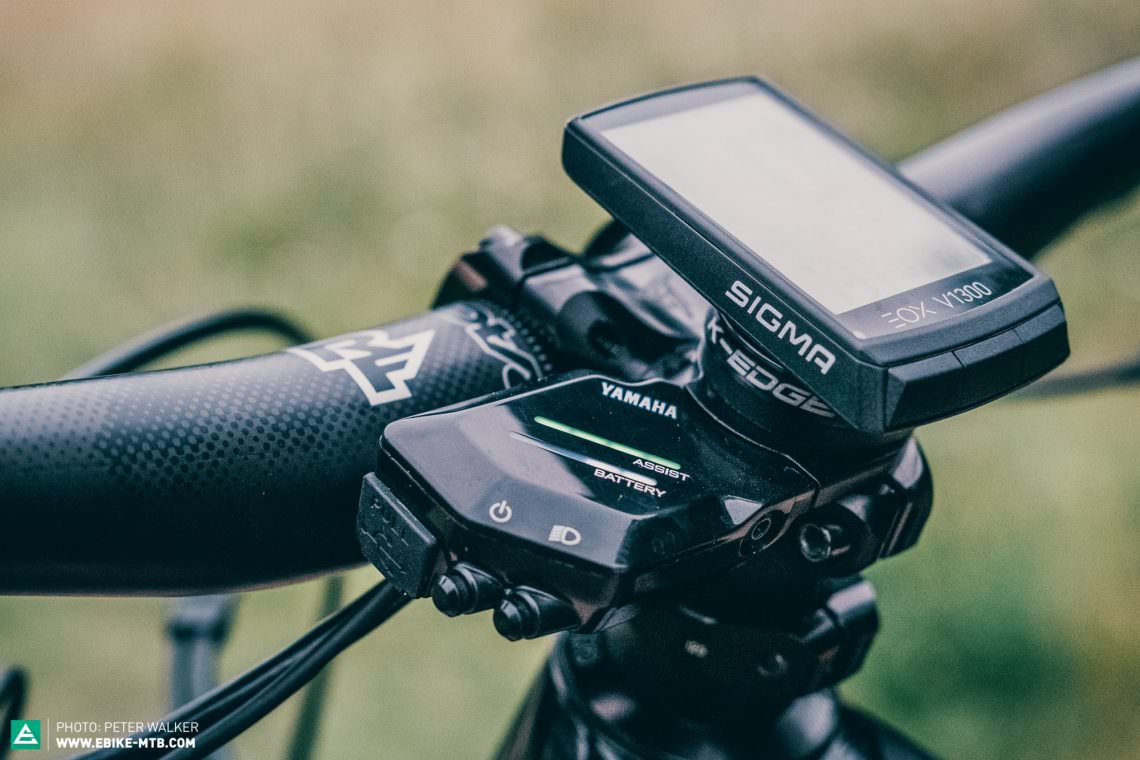
With the AirRay E 12.0, R RAYMON break below the 20 kg weight barrier. Among other things, this is made possible by the new AIR DRIVE motor, which was adapted by specifically for R RAYMON. With this forward-thinking concept, the German bike manufacturer has proved that a smaller battery can provide more range when combined with a torque-limited motor.
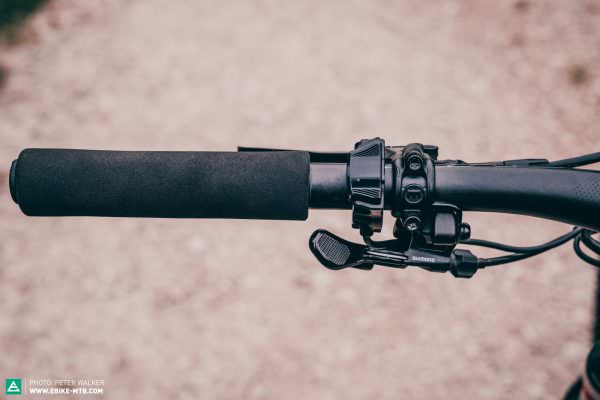
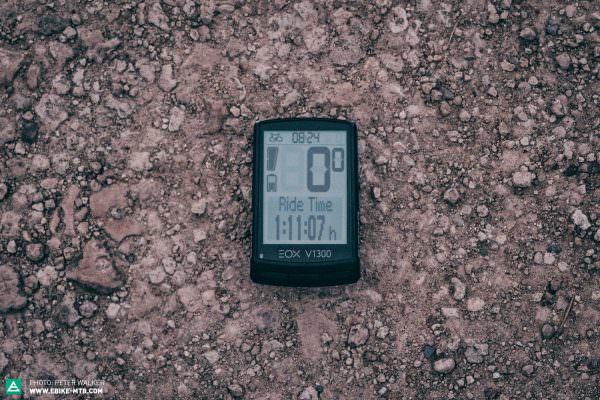
Part of the AIR DRIVE system is Yamaha’s new Interface X cockpit with a minimalist thumb remote and a super-compact LED stem-mounted display. The system is compatible with current SIGMA and Garmin displays. However, the optional and rather old-fashioned SIGMA EOX View black and white display offers poor legibility.
Yamaha introduced the Interface X at the beginning of September 2021 in combination with the new PW-X3 motor, which is significantly lighter and more compact than its predecessor. Given the bulky housing of the PW-X2 motor at the heart of the AIR DRIVE system, we wonder why R RAYMON opted for the old-generation motor for the AirRay E. The latest generation of Yamaha motors gives bike designers more freedom in positioning the rear triangle, thus allowing for more trail-oriented frame geometry.
The spec of the R RAYMON AirRay E 12.0
The spec of the € 7,299 AirRay E 12.0 flagship model was chosen to match the lightweight full-carbon frame and battery. The suspension consists of a RockShox Pike Ultimate fork and Deluxe Ultimate shock, both controlling 150 mm travel. The AirRay rolls on a light 29″ Race Face Turbine SL wheelset paired with puncture-prone 2.3″ Continental Mountain King tires. With the brakes, the Germans have pushed their lightweight agenda a little too far, speccing our test bike with MAGURA MT trail brakes with a four-piston calliper at the front and weak two-piston model at the rear. While the front brake still ensures sufficient braking power in combination with the 200 mm rotor, the weak two-piston rear calliper and 180 mm rotor tend to overheat too quickly on long descents, failing to provide the necessary braking power. Unfortunately, the stock Formula Cura brake setup also relies on a weak two-piston rear calliper and small 180 mm rotor – what a shame! Inside the 440 mm seat tube (size M), a dropper post produced in-house by R Raymon offers a meager 125 mm travel. A high-end and lightweight Shimano XTR 12-speed drivetrain takes care of the shifting and transfers the 50 Nm torque of the AIR DRIVE motor to the trail without effort. The Race Face carbon cockpit features soft silicone grips, which are generally used on XC race bikes and have to be glued to the handlebars. During our test, the grips kept twisting and didn’t provide much grip without gloves.
R Raymon AirRay E 12.0
€ 7,299
Specifications
Motor Yamaha AIR DRIVE 50 Nm
Battery Multi Location Battery 410 Wh
Display Yamaha Interface X
Fork Rock Shox Pike Ultimate 150 mm
Rear Shock Rock Shox Deluxe Ultimate 150 mm
Seatpost R RAYMON Pro 100 - 150 mm
Brakes MAGURA MT Trail 200/180 mm
Drivetrain Shimano XTR 1x12
Stem Race Face Turbine R 40 mm
Handlebar Race Face Next R 780 mm
Wheelset Race Face Turbine SL 29"
Tires Continental Mountain King Protection 2.3"
Technical Data
Size S M L XL
Weight 19.44 kg
Perm. total weight 120 kg
Max. payload (rider/equipment) 100 kg
Trailer approval no
Kickstand mount no
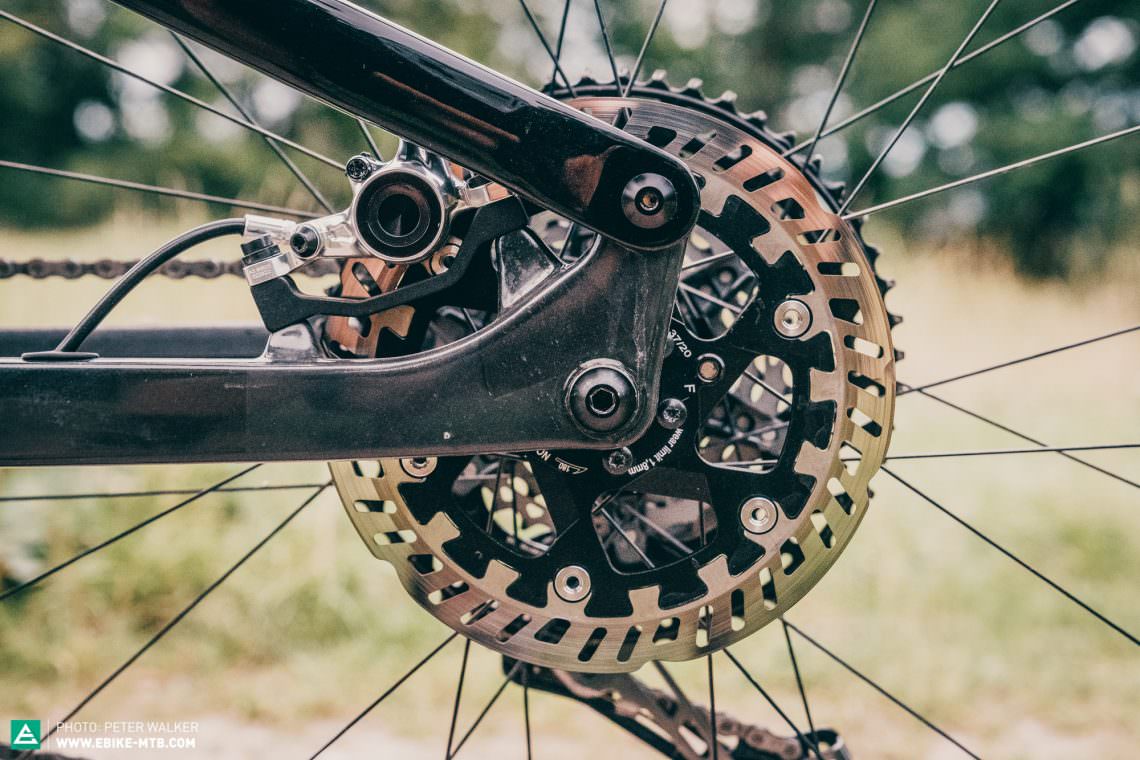
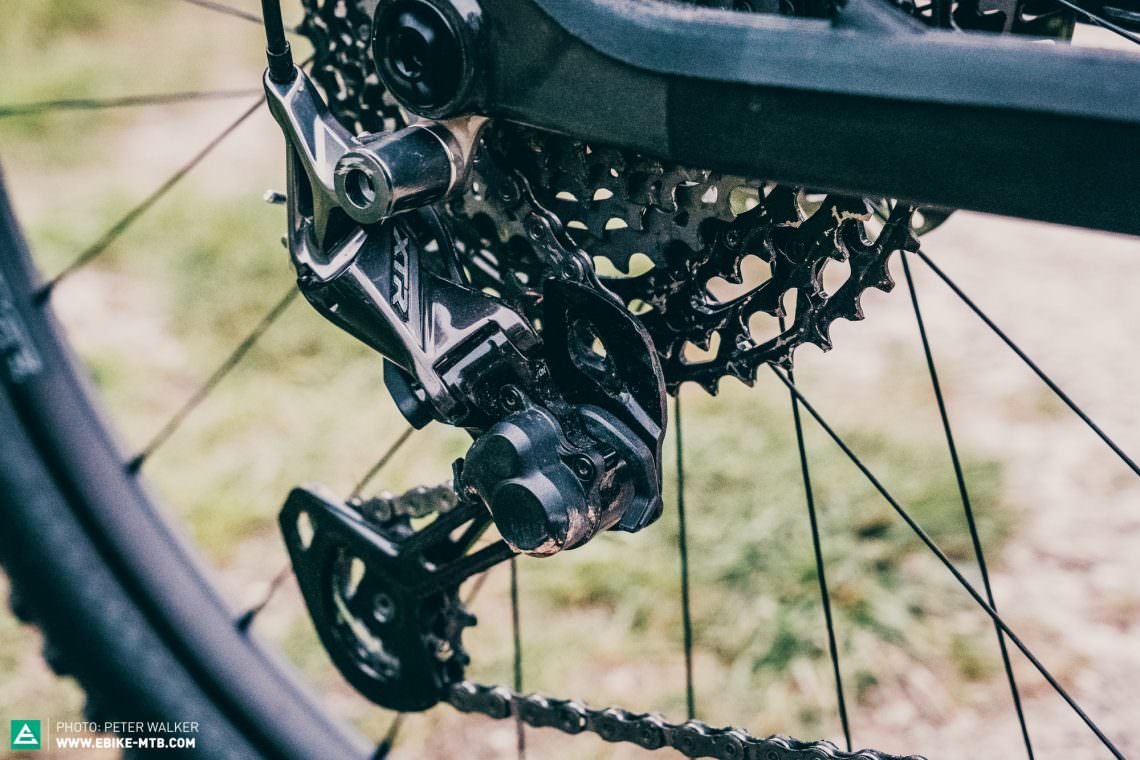

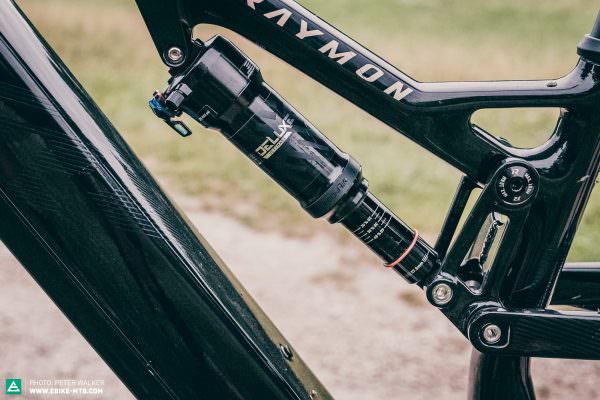

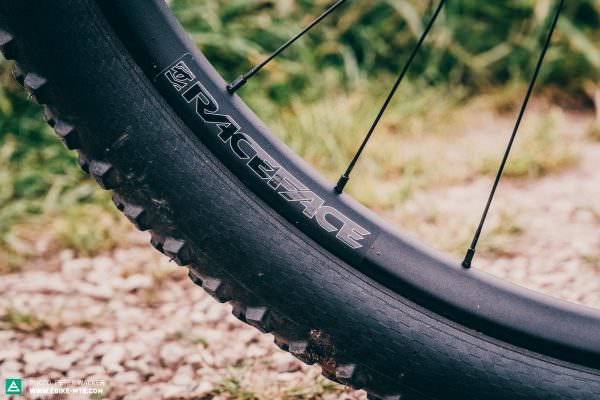
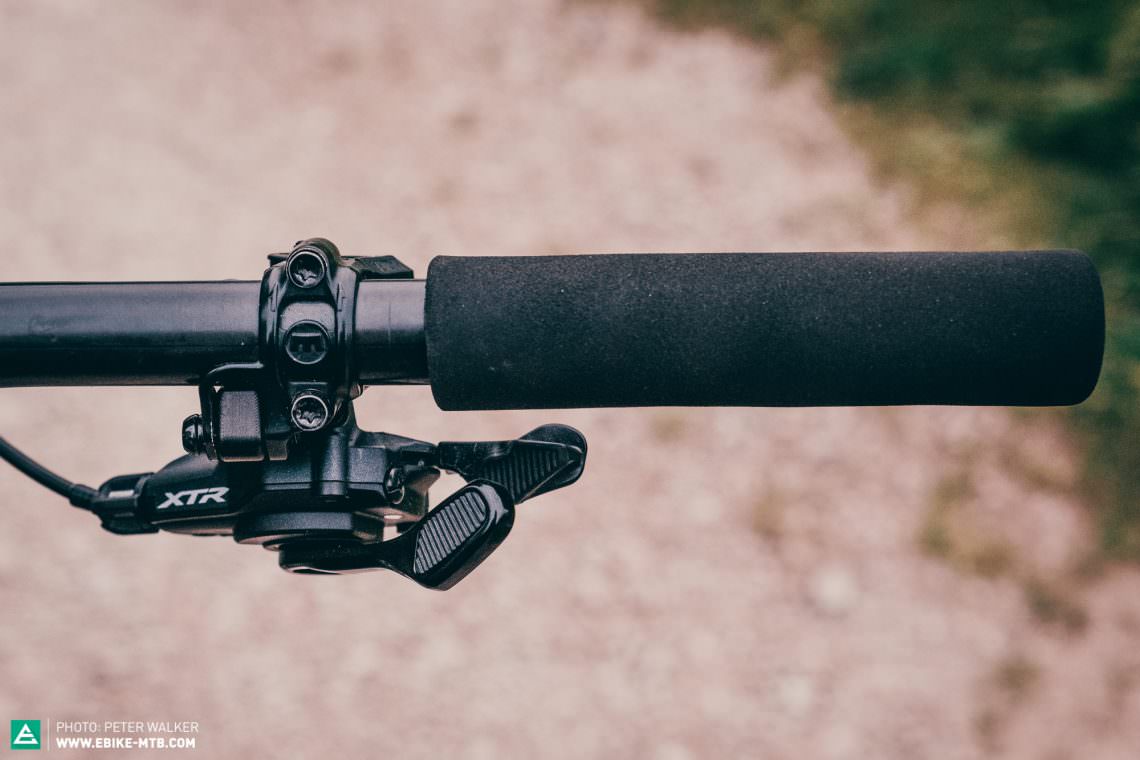
All other R RAYMON AirRay E models and availability
The AirRay E 12.0 flagship model relies on particularly light components and relies on the smallest battery in the entire range. For the € 6,499 AirRay E 11.0 model, R RAYMON rely on a bigger and heavier 500 Wh battery and replace the RockShox suspension with a fork and shock from DT Swiss. The € 5,499 AirRay 10.0 is the entry-level model in the AirRay range, which is primarily aimed at touring riders with its 500 Wh battery and basic suspension. The entire AirRay E range is supposed to hit the stores in 2022.
The R RAYMON AirRay E 12.0 in detail
The integration of the AIR DRIVE motor system was clearly one of R RAYMON’s top priorities in developing the AirRay. Both the 500 Wh and the 410 Wh battery are integrated in the down tube and protected by a rattle-free plastic cover. The motor is tilted upwards and covered by a skid plate that protects it from impacts and stray rocks. The charging port on the seat post is easily accessible, the speed sensor is safely tucked away inside the dropout and the magnet is attached directly to the rear brake rotor.
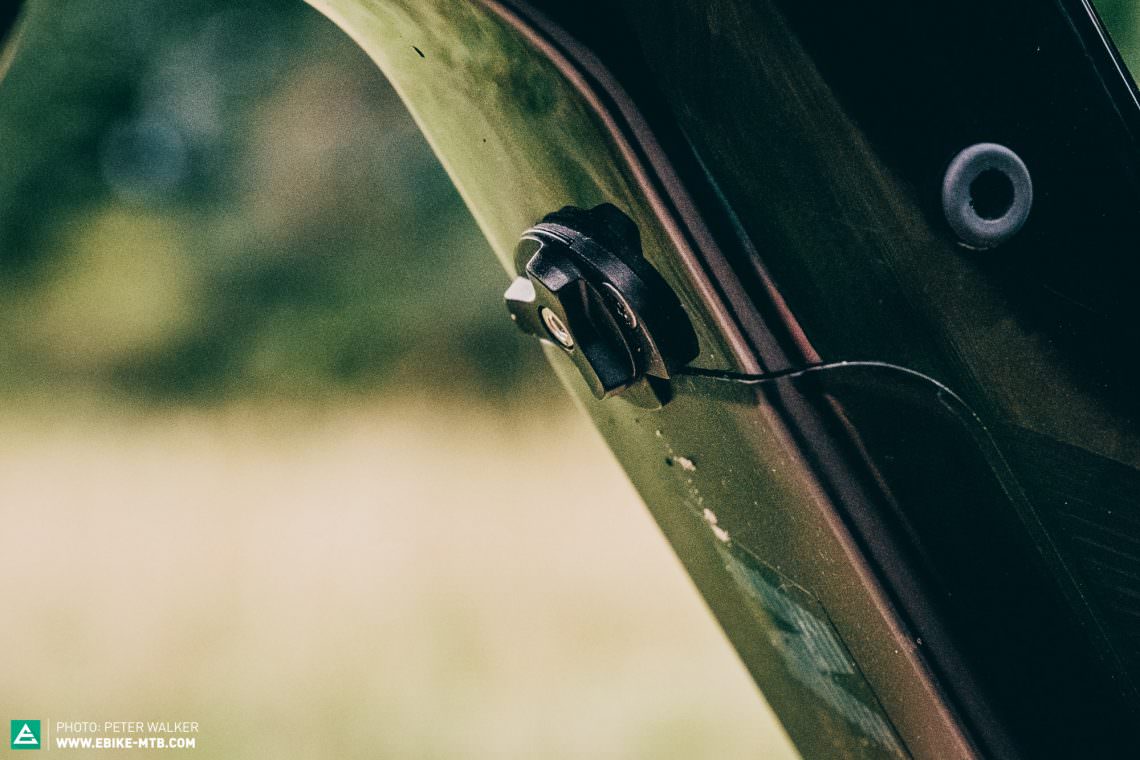
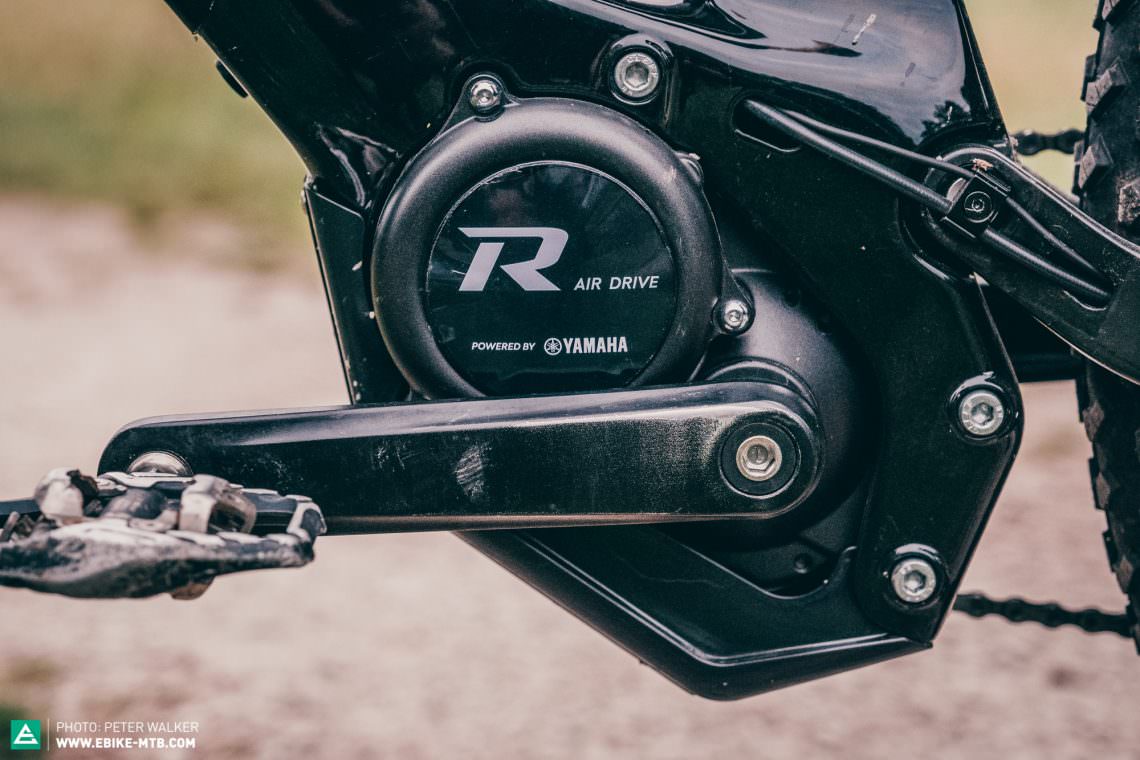
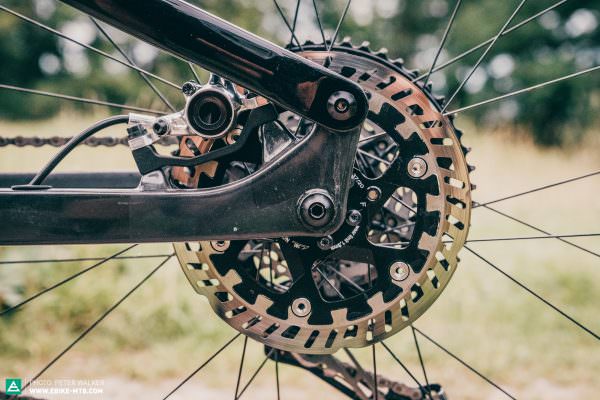
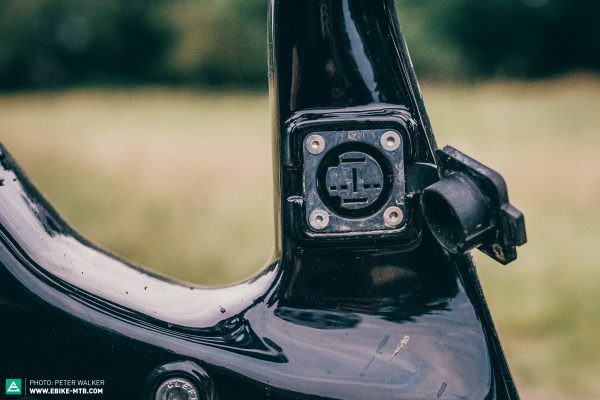
The cables are neatly routed through the frame and securely clamped at the transition from the main triangle to the rear end. Unfortunately, the position of the shock doesn’t leave enough room for a conventional bottle cage and water bottle. According to R RAYMON, only the small FIDLOCK TWIST 450 bottle is compatible with all frame sizes. Our pre-production bike came without a steering-limiter, which resulted in the dropper remote and shifter hitting the top tube of the bike. In the event of a crash, this could cause major damage to the frame.
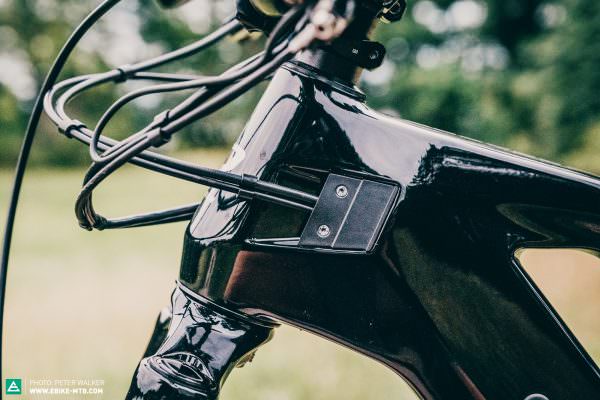
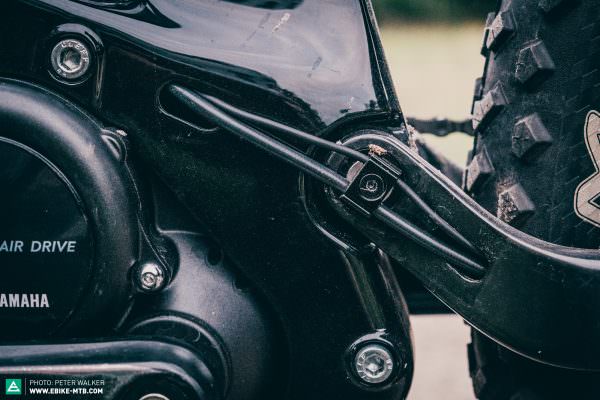
R RAYMON AirRay E 12.0 first ride review
We already had the exclusive opportunity to test one of the first AirRay E 12.0 pre-production models for you. Compared to the standard Yamaha PW-X2 motor, the AIR DRIVE is more discreet, especially when you put your foot on the pedal. The motor responds sensitively with the slightest pressure on the pedal but doesn’t shoot forward as abruptly as the full-fat PW-X2 version. The AIR DRIVE is also quieter because the reduced torque results in a less distinctive whirring noise under full load.
Uphill, you’ll have to think ahead and choose your gears wisely, because the weaker 50 Nm motor can’t make up for incorrect gear choices. On very steep climbs, the motor lacks grunt and as a result the AirRay 12.0 struggles to generate sufficient traction over obstacles. Instead, the RAYMON E feels at home on fire roads and gravel paths, where it can keep up with most eMTB all-rounders with a high-torque motor. When accelerating out of corners, you’ll notice the advantages of the light wheel/tire setup, which converts the slightest pressure on the pedal into lively propulsion.
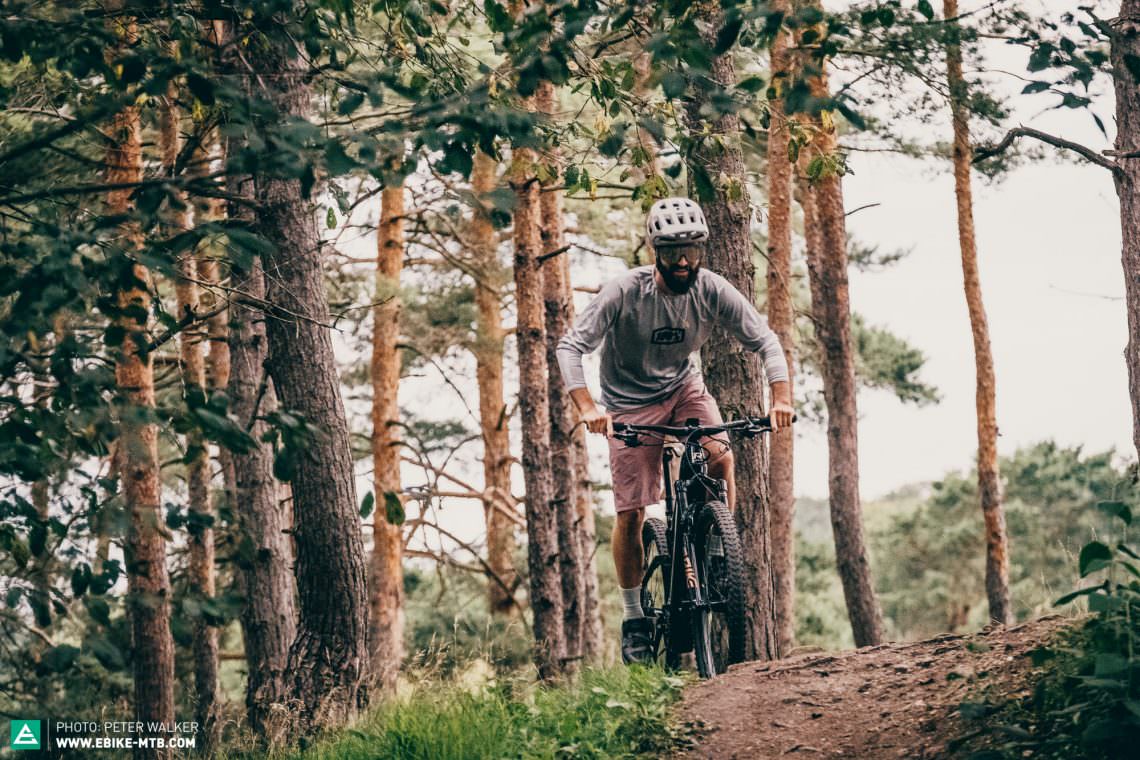
Downhill, the 19.44 kg R RAYMON feels light, agile and lively at first. However, this feeling doesn’t last long, even though the short battery doesn’t put too much weight over the front wheel. The shape of the motor demands longer chainstays (475 mm), which affect the nimbleness and fun factor of the bike. Even though the front feels light the long rear end makes it hard to get it off the ground and pushes you far over the front on very steep trail sections. This, combined with the restricted freedom of movement caused by the 125 mm dropper, makes for an awkward riding position that is hard to correct. As soon as you get faster, the weak brakes and shallow-profiled tires limit the riding fun even more. On soft and wet terrain, the tread pattern and rubber compound of the Continental Mountain King fail to generate enough traction and buckle noticeably under the narrow rim. The R RAYMON AirRay E 12.0 is not designed for maximum trail performance and reaches its limits in rougher terrain. The light eMTB rather prefers long touring-rides and mellow terrain.
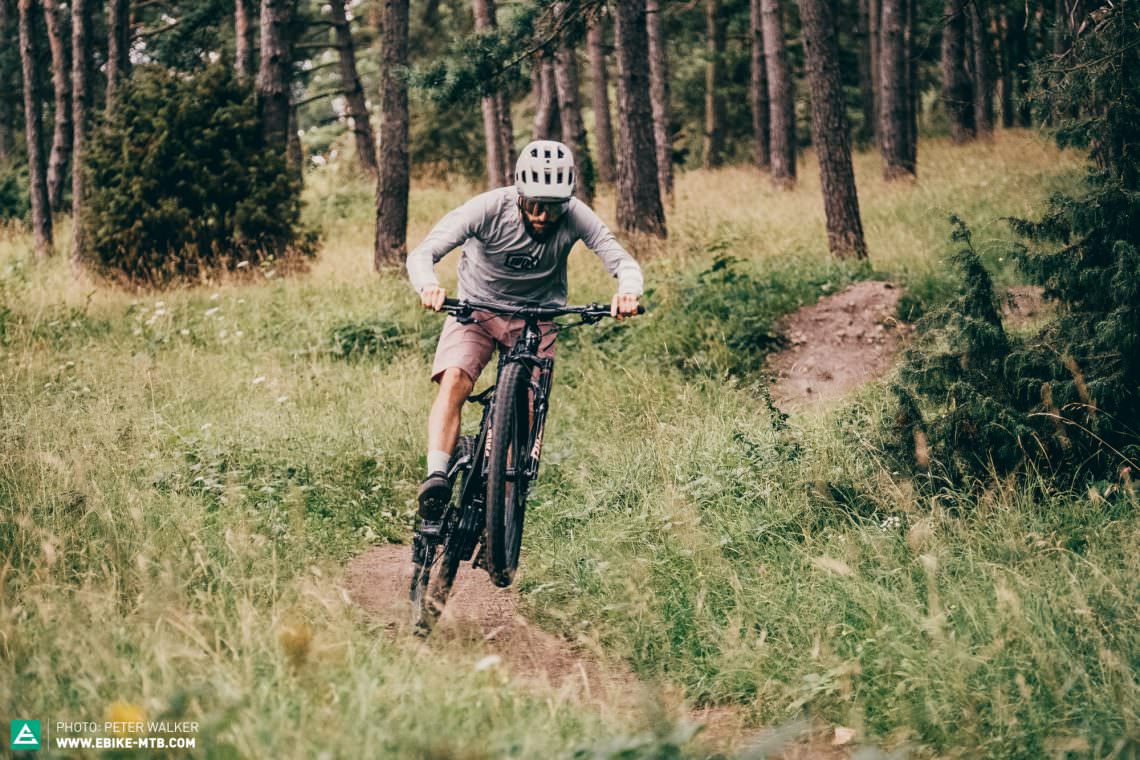
With the AirRay E 12.0, R RAYMON present the first light eMTB based on Yamaha motors. The Concept of the AIR DRIVE with its light battery is promising. However, with the newer, more compact PW-X3 motor generation agility and on-trail handling could be easily improved. If you are looking for a hard-hitting eMTB, look elsewhere. Instead, the R RAYMON AirRay E 12.0 is very easy to manhandle in everyday situations and best suited for long rides on Forest-Roads and relaxed riding on mellow trails.
More info at: r-raymon-bikes.com
Did you enjoy this article? If so, we would be stoked if you decide to support us with a monthly contribution. By becoming a supporter of E-MOUNTAINBIKE, you will help secure a sustainable future for high-quality cycling journalism. Click here to learn more.
Words: Robin Schmitt Photos: Peter Walker









